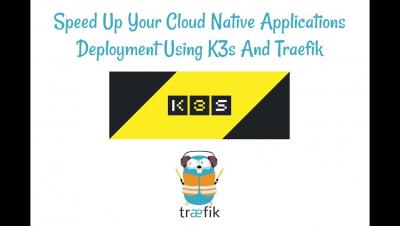Startup CTO: How to Interview Software Engineers
When you find a software engineer who passes your code test, you’ll want to bring them in for an in-office interview. In this part of our series on hiring software engineers as the CTO of a startup, we’ll talk about Blue Matador’s approach to the in-office interview and the insights I’ve gained in this part of the CTO experience.











